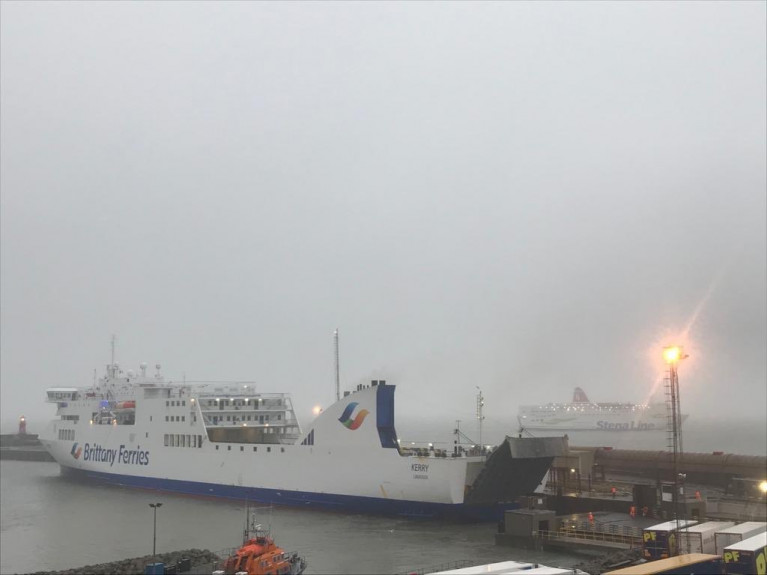Displaying items by tag: 'Worst Crisis'
Third Brittany Ferries Ship to Lay-Up as Operator Faces 'Worst Crisis' Ever
Brittany Ferries which has been affected by quarantine measures, has laid up another ferry and cut more services as it continues to lose passengers due to coronavirus restrictions and faces the worst crisis in its 47-year existence.
As BusinessLive reported the French ferry firm said it continues to struggle due to a “terrible” summer season” and weak demand for services this autumn, and has therefore been forced to take “further decisive action”.
The company, which has already laid up two vessels (last month) and scrapped some services following the imposition of quarantine restrictions for passenger landing from France and Spain, had now made further schedule changes, which will be implemented within the next week. The aim is to reduce costs as part of the company’s five-year recovery plan, the firm said.
It will see the (former Irish serving ropax) Connemara, currently serving Portsmouth to Cherbourg and Le Havre, taken out of service entirely from September 7. This means the closure of these routes until further notice.
Afloat adds as regards to Ireland-France route and operations the following applies:
Pont-Aven, flagship cruiseferry on the Roscoff – Cork will continue to operate a once weekly sailing, though ropax Kerry on the Roscoff – Rosslare service will cease service from 7 September (originally to end the season next month). The new Wexford-Brittany route was to be launched in March but the emerging Covid-19 crisis led to the service beginning in the summer.
Kerry which also maintains the year-round Ireland-Spain service of Rosslare – Bilbao remains unaffected with sailing schedules continuing as normal. Likewise of the French route, the Ireland-Iberian route was launched this year but earlier, having begun in late February.






























































